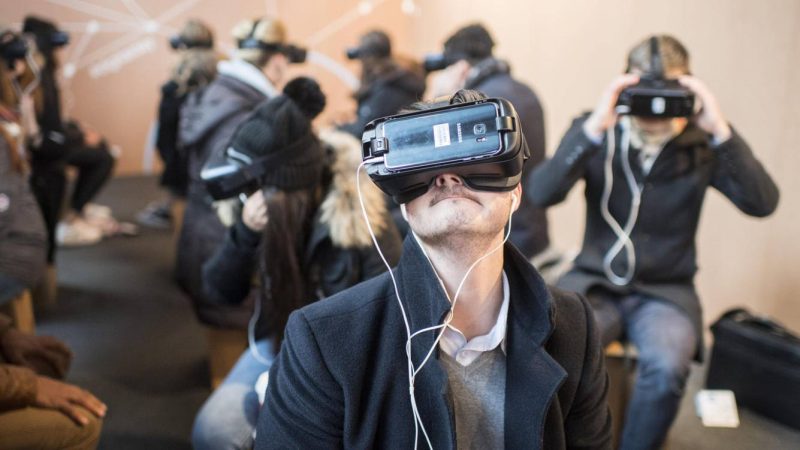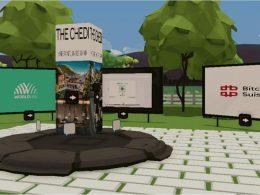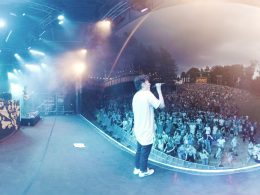Under the auspices of the Digitalswitzerland initiative, the second Swiss Digital Day took place on 25 October, with activities throughout Switzerland. Switzerland. The Digitaltag The aim is to show the population the opportunities and challenges Digitisation show. The importance of VR, AR and 360° has already been demonstrated by the many applications at Zurich railway station.
Digital Day 2018 mainly took place under the motto "Work 4.0". This included categories such as health, education, architecture, media and mobility. The Digitaltag grew significantly in size this year: according to the list, around 80 partners were involved, compared to around 45 in 2017. The activities were organised in a total of twelve Swiss cities.
Swiss celebrities are also digital
Celebrities were not to be missed either. Whether it was artists such as Bligg, who were invited to give an interview, or politicians, who romped around in the crowd. Even the patronage of the President of the Swiss Confederation Alain Berset and Federal Council Johann Schneider-Ammann and with the support of Federal Council Ignazio Cassis was not left out.
Stumble twice and the visitors encountered VR
As in the previous year, the main railway station was an important hub Zurich. There was a lot going on there. There were already queues in some places in the morning and some exhibitors found it difficult to get through. Proof that VR has long since arrived in Switzerland could be found on practically every corner.
For example, Swiss Post let visitors discover a parcel centre on a virtual tour with a special chair and the Oculus, and SRF invited them to the popular Planking Experience. Kids and tea-goers especially - but not only - enjoyed it.
The company HEGIAS offered something more for adults and business solutions. HEGIAS, a start-up based in Zurich with a development team in Lugano, presented the world's first browser-based content management system for virtual reality with the HTC Vive, which is also designed to be multi-user capable.
The Hololens app from Fluance enables several participants to explore different computer tomography scans together. Users could load a scanned model, place it in the room and interact with the displayed model in various ways. Such applications are valuable in medical education as well as in the dialogue of trust between patient and doctor.
Image source: Handelszeitung









